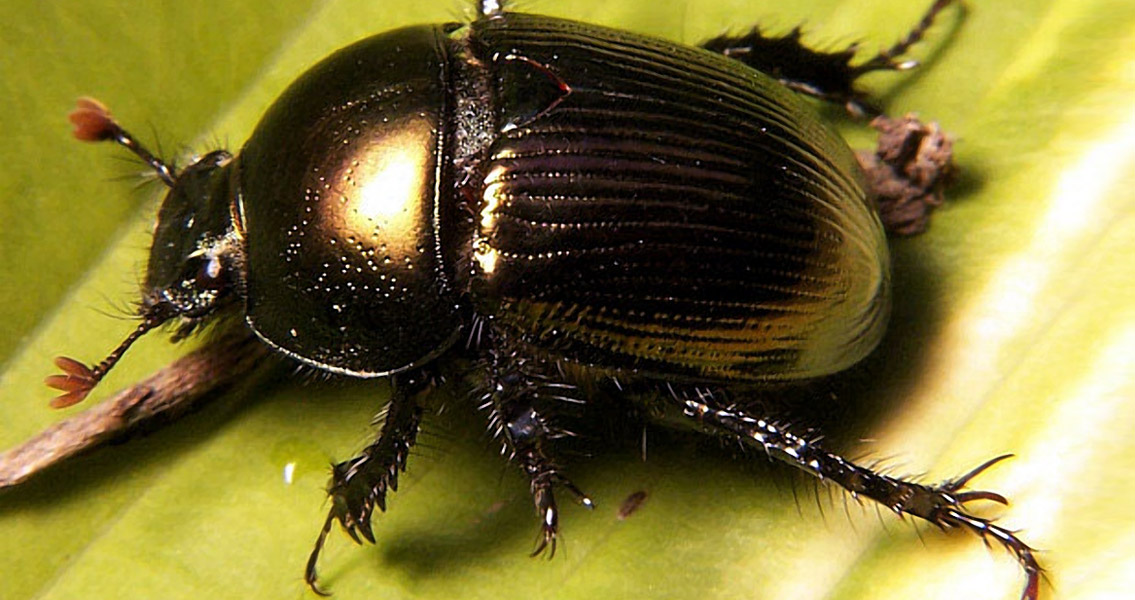<![CDATA[For the first time, an international team of scientists has discovered molecular evidence of an evolutionary, if unappetizing, connection between dung beetles and dinosaurs. The research puts the dung beetles' origin within the Lower Cretaceous and dates their initial major diversification to the middle of the Cretaceous period, around 30 million years earlier than previous believed. The team also explored the possibility of a dung beetle/dinosaur co-extinction, 66 million years ago. The molecular sequence data (CDNA) of 125 individual scarab beetles from the Australian National Insect Collection was generated by the study’s lead author, Dr. Nicole Gunter of the Cleveland Museum of Natural History. It was then compared to data which had been published earlier, resulting in a database that is representative to 450 different beetle specimens. Additional analyses were conducted to determine the timing and evolutionary relationships between the herbivorous scarab, which ate living plant tissue, and the saprophagous scarab which lived on dead and dying matter, like dung. The findings verified that the evolutionary tracks of both were tied to the ecological success of angiosperms, (flowering plants) which indicated to researchers that the addition of flowering plants into the dinosaur’s diet led to a new source of food for the beetles: dung, and a new evolutionary opportunity. In an article published in PLOS ONE, co-author Dr. Stephen Cameron with the Queensland University of Technology in Australia explained that fossilized dinosaur feces (70 and 80 million years old) supports the hypothesis the study outlines because it shows signs of tunneling that has been attributed to dung beetle feeding. The study is the first to show how the specialization of one group was related to using dinosaurs, the dominant species for 135 million years, as a resource. Of course, the flip side of this connection is that the mass extinction of dinosaurs during the Cretaceous-Paleogene period would have also impacted the dung beetle. Fortunately for the beetle, the impact of the dinosaur extinction occurred during the beetle diversification and they survived the event. The study concludes that the modern dung beetle is descended from a species which either fed on the dung of dinosaurs and other early mammals, or from a species which had already adapted to eating the dung of the Cretaceous mammals. Although the findings may challenge prior research associating mammals and the origin of dung feeding, the study also shows that the greatest rate of diversification the beetle experienced was during the Paleogene period, which is in line with the timing of major diversification of most mammals. Additional research will be needed to untangle the cause of the latest diversification and provide more detail on the dung beetle’s survival through the Cretaceous-Paleogene mass extinction. This story of flowering plants, beetles, and dinosaurs, demonstrates the relationships and complex interactions between evolving ecosystems, and the possibility of discovering what drives diversification – even for insects like the dung beetle for which very limited fossil records exist. The study was published this week, in the open-access journal PLOS ONE.]]>
Dinosaurs Were an Important Resource for Dung Beetles
